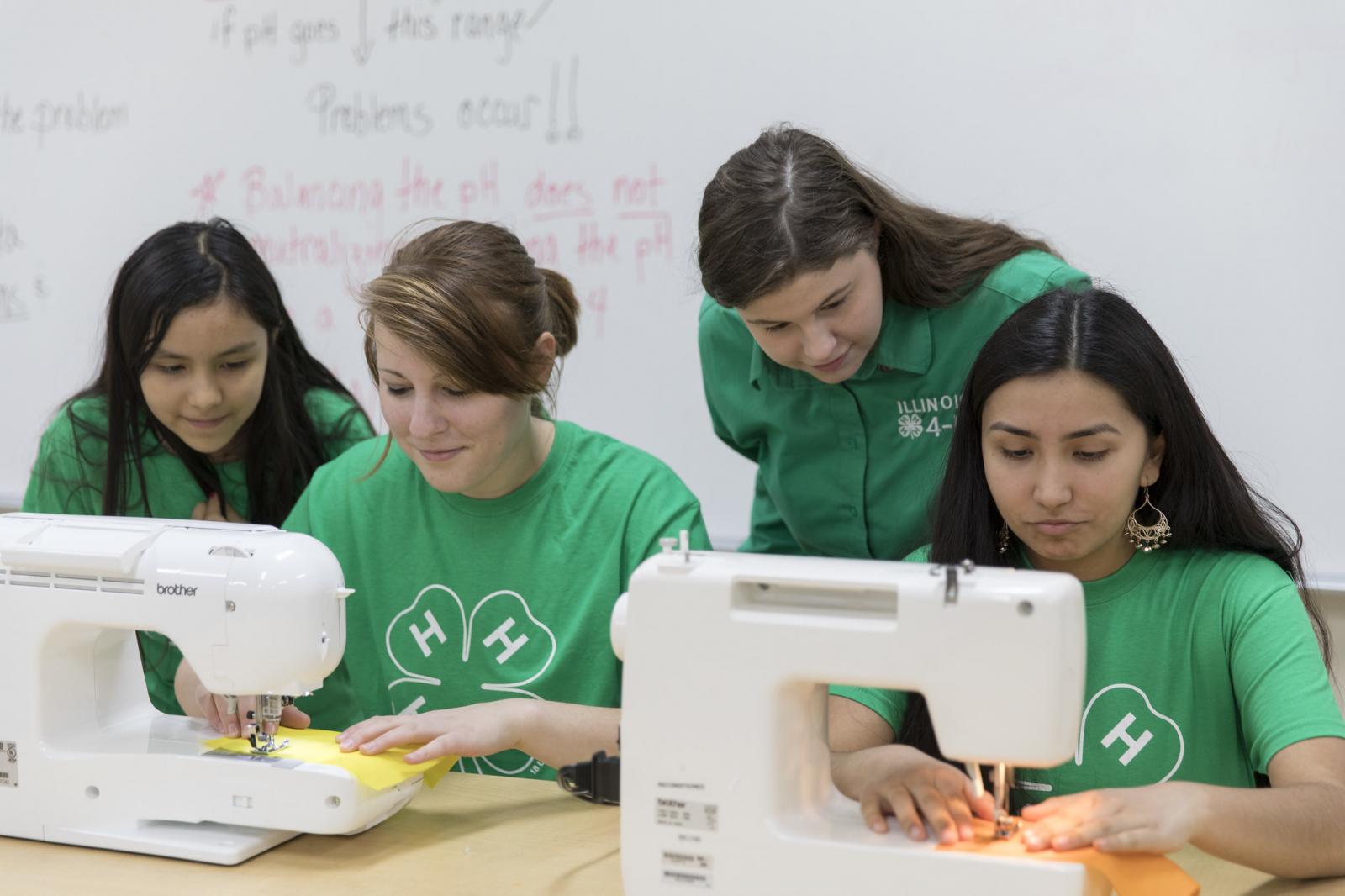Essential elements are critical to effective youth development programs. These elements help youth become competent, contributing citizens. Created from traditional and applied research characteristics that contribute to positive youth development, they help professionals and volunteers who work with youth view the whole young person, rather than focus on a single aspect of life or development. These elements focus on social, physical, and emotional well-being, and are necessary for positive youth development. Intentional focus on these elements allows youth to benefit from participating in hands-on, experiential activities and events, feeling nurtured in a safe environment, mastering new skills and abilities, and knowing that they are contributing to their community in a positive way.
Belonging
- Positive relationship with a caring adult
- An inclusive environment
- A safe environment
Mastery
- Engagement in learning
- Opportunity for mastery
Independence
- Opportunity to see oneself as an activity participant in the future
- Opportunity for self-determination
Generosity
- Opportunity to value and practice service to others
Each individual element is important. However, it is the combination of these elements that create an environment that promotes positive youth development. It is important to be aware of these elements when designing activities because they help professionals and volunteers ensure that experiences, programs, and activities intentionally offer opportunities for hands-on, experiential learning in environments where youth feel safe, can master new skills and abilities, and develop the confidence they need to contribute to their local communities in a positive way.
Positive Youth Development Connections
4-H promotes positive youth development by giving youth opportunities to get involved and develop to their full potential. Positive youth development is a framework that highlights the things youth need to become successful. It focuses on strengths instead of limitations and is associated with the five Cs - competence, confidence, character, connection, and caring. Researchers have suggested that a sixth C, contribution (to oneself and others) comes about when the 5 Cs are present in a young person's life.
Using Essential Elements in Activities
Using essential elements in activities is important to youth development in a number of ways. They reinforce sustained youth-adult relationships and emphasize mastering skills that can be used in the real world. If these experiences take place in safe and inclusive environments, youth are more likely to become involved civically. Supportive communities can undergird young people's sense of worthiness and competence, and help them contribute to the well-being of the larger community.
